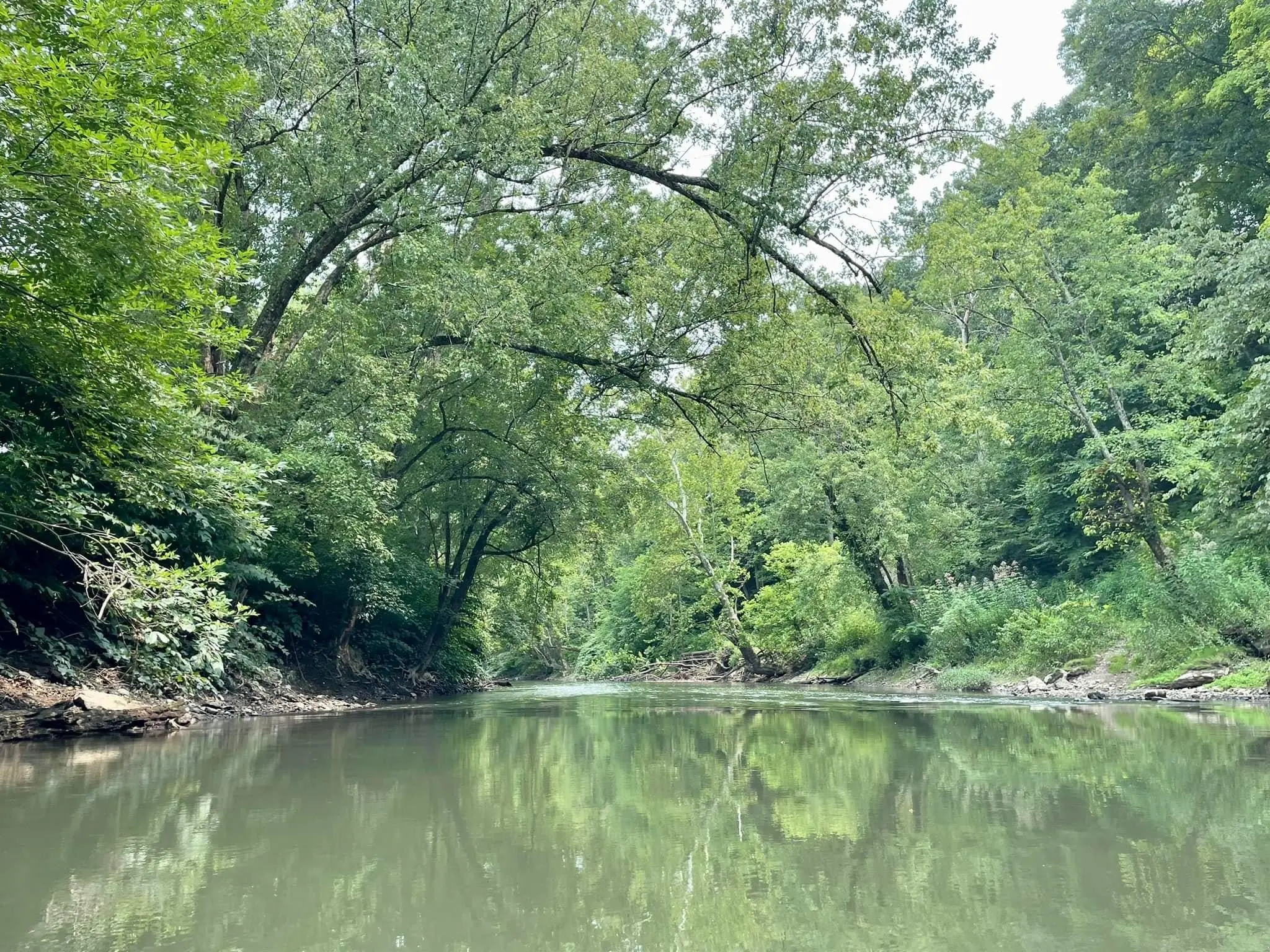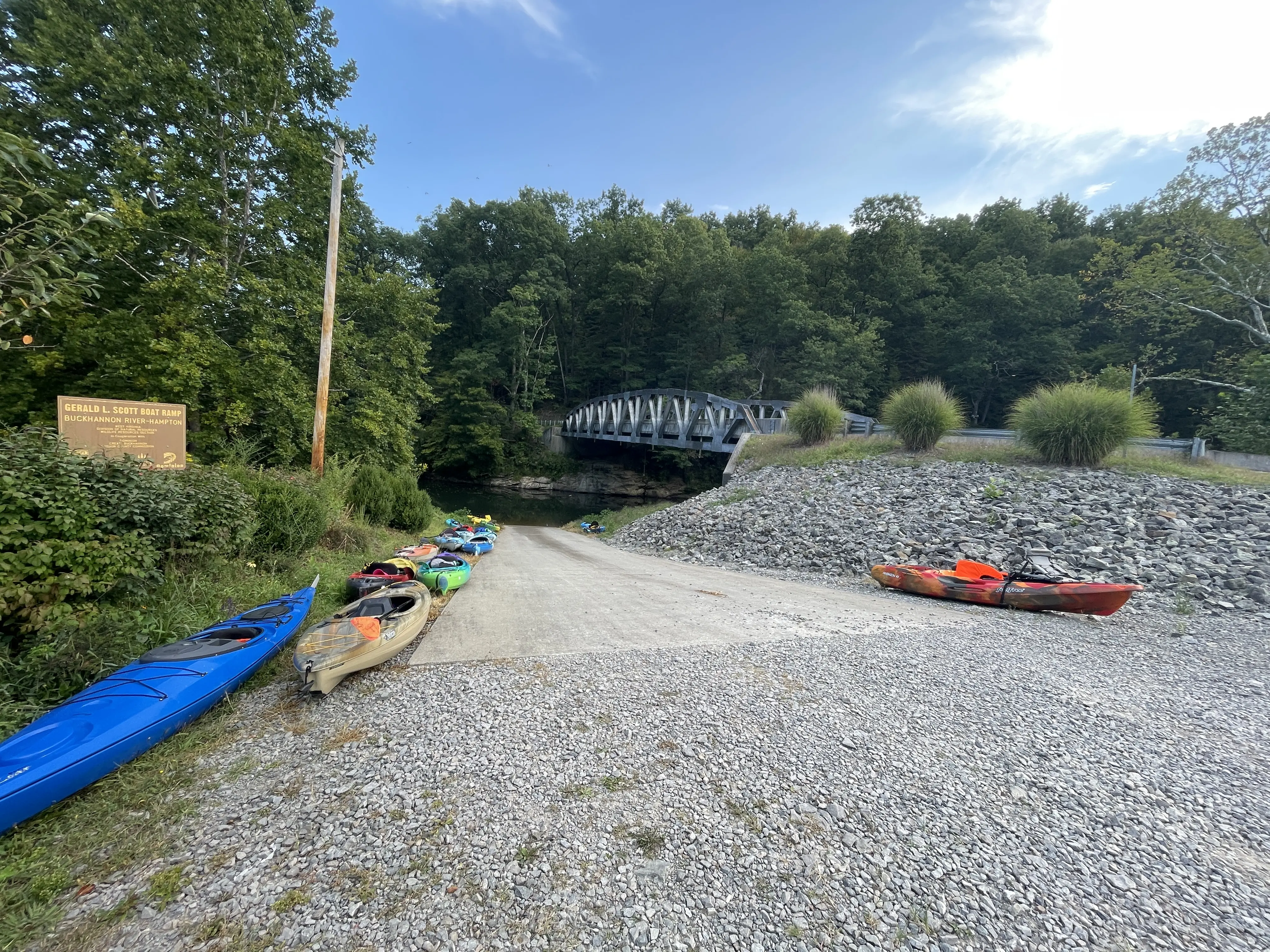Before Paddling
Practice Leave No Trace
Take nothing but pictures and leave only footprints. Leave No Trace is an outdoor ethics framework to protect the natural world. When we recreate outdoors, we must take actions to minimize our impacts.

Plan Ahead And Prepare
Spend time researching river conditions and special concerns for the area you’ll visit. Carry the proper equipment and prepare for extreme weather, hazards, and emergencies.
Use Durable Surfaces
Protect vulnerable riparian habitats by traveling on durable surfaces: rock, gravel, or established paths.
Dispose of Waste Properly
Pack it in, pack it out. Pack out all trash, leftover food and litter. Use restrooms pre/post trip to dispose of solid waste.
Leave What You Find
Leave rocks, plants and other natural objects as you find them. Avoid introducing or transporting non-native species. Do not build structures or stack rocks.
Minimize Campfire Impact
No fires are permitted along the riverway.
Respect Wildlife
Observe wildlife from a distance. Do not follow or approach them. Never feed animals. Feeding wildlife damages their health, alters natural behaviors, and exposes them to predators and other dangers.
Be Considerate of Others
Respect other visitors and protect the quality of their experience. Let nature’s sounds prevail. Avoid loud voices and noises.
Learn more at Leave No Trace
In addition to Leave No Trace principles, you can go green in other ways to help protect the river. The choices you make every day impact rivers indirectly and directly, in ways you may not even think about. Consider living an environmentally conscious lifestyle to lessen these impacts and to free up extra cash for that new boat or paddle. Carpool to reduce your greenhouse gas emissions and their effects on acid precipitation and global warming. Conserve water in your home, yard, and garden to keep aquifers and rivers more fully charged. Reduce your electricity consumption to reduce your support of mining and hydro development. Recycle to decrease national energy needs, mining, and logging.
What to Bring
To have an enjoyable river experience, there are some items you should always bring on the water.

Food & Drink
Make sure you have an appropriate amount of each for the trip and stay hydrated. Avoid drinking river or stream water! Alcoholic beverages and boating don’t mix and can be dangerous.
Waterproof Dry Bags/Containers
Anything you take is likely to get wet. Place cameras and cell phones in dry bags or waterproof boxes and secure them to the boat.
Leave No Trace
If you pack it in, pack it out. Stay off private property and respect all wildlife.
Fishing
If you are going fishing, be sure to have your West Virginia fishing license on hand at all times.
Life Jacket
Personal Flotation Devices (PFDs) are as necessary as a paddle in every boat. The best and safest practice is to wear your PFD at all times. The law requires that a Coast Guard Approved PFD be available for every person in the boat.
River Map
Make sure you know where you are at all times – you don’t want to miss your takeout. A downloadable and print-ready version of the water trail map is available here.
Footwear
Appropriate foot wear, such as securely strapped sandals or even old tennis shoes, can keep a day on the river fun instead of miserable. Pieces of glass and rusty metal can be found in every river. If you have to get out of your boat to pull it through a shallow area, having sturdy footwear (NOT flipflops) will not only keep you safe but protect your feet from slippery, sharp rocks or old fishing hooks!
Clothing
Dress appropriately for the weather. Wearing a hat and/or using sunscreen can help you avoid a sunburn. In cooler weather, the threat for hypothermia is greater. A towel and an extra set of dry clothes, either in a vehicle at the takeout OR sealed in a waterproof bag, can make a trip much more comfortable!